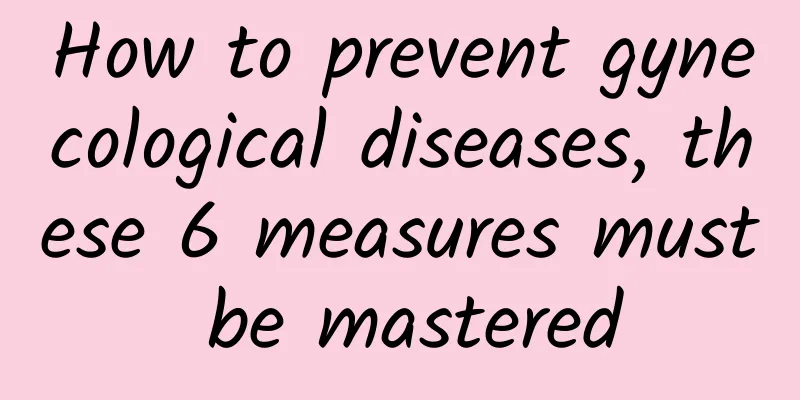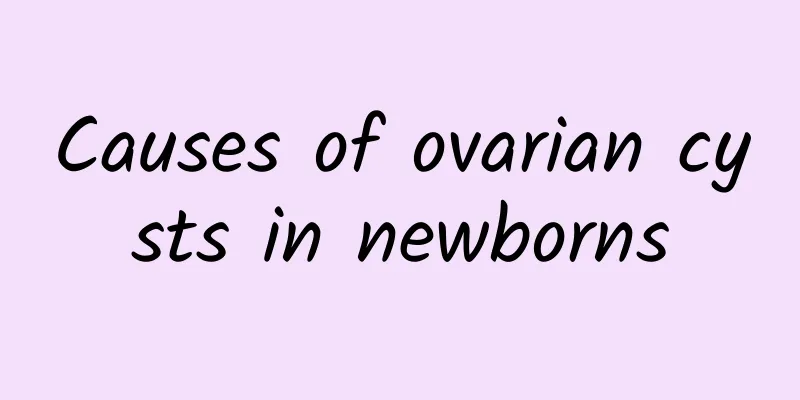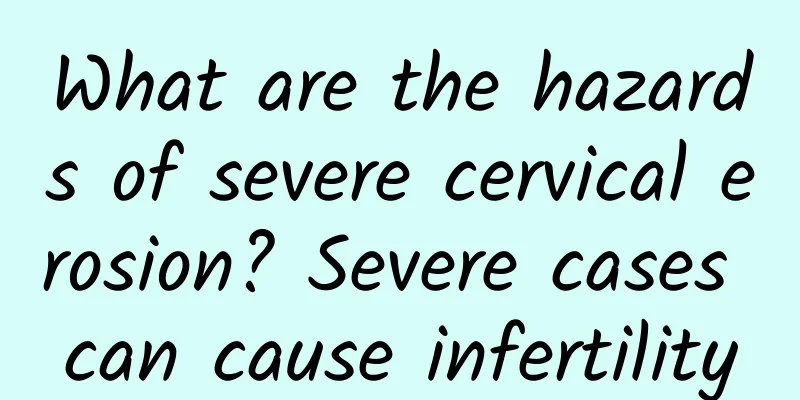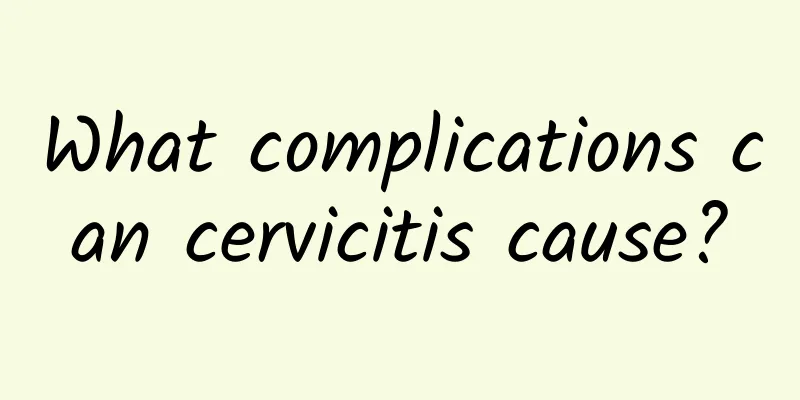Symptoms of uterine fibroids How to treat uterine fibroids
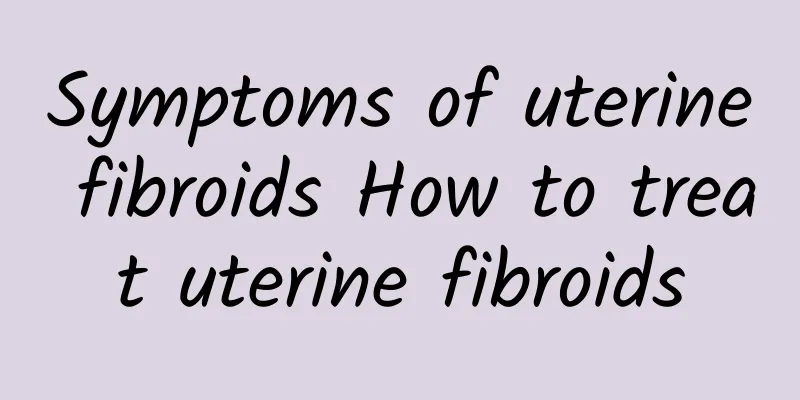
|
Experts recommend that you treat uterine fibroids as soon as possible. First, you need to understand the symptoms and treatment methods of uterine fibroids. What are the symptoms of uterine fibroids: (1) Menstrual changes. If your normal menstrual cycle changes, your menstrual blood volume increases, your period becomes longer, and your periods become irregular. (2) Pain. Most patients with uterine fibroids do not feel pain, but a few will experience lower abdominal pain after fibroid infection or uterine deformation. (3) Lump. The lump may be felt in the lower abdomen, especially when the bladder is full. (4) Feeling of oppression. Most people with uterine fibroids do not feel anything. However, if the fibroid is located low, even if the tumor is not large, it can compress adjacent organs such as the bladder, causing difficulty in urination; if it compresses the rectum, defecation becomes difficult; if it compresses the ureter, symptoms such as back pain may occur. (5) Infertility A small number of patients with uterine fibroids may suffer from infertility because the uterus is deformed, which is not conducive to the implantation of the fertilized egg. Treatment of uterine fibroids: 1. Conservative treatment Conservative treatment of uterine fibroids must meet the following conditions: the tumor size does not exceed 6 weeks of pregnancy; the patient is postmenopausal and asymptomatic; and the patient cannot tolerate the pain of surgery. Conservative treatment is divided into two categories: expectant treatment and drug treatment. 2. Surgical treatment The applicable conditions for surgical treatment are as follows: the size of the fibroid is close to the size of the pregnant uterus for more than one and a half months. However, if the fibroid grows rapidly, the fibroid protrudes from the abdominal cavity and has a tendency to twist, surgical resection should also be performed. Surgical treatment is divided into hysterectomy and hysterectomy and laparoscopic myomectomy. 3. Minimally invasive coagulation technique This is a high-end medical technology that integrates various electronic technologies. It is suitable for the following people: large uterine fibroids leading to pelvic congestion, obvious clinical compression or depression symptoms; uterine volume increase up to 3 months of pregnancy. Increased menstrual volume, severe secondary anemia. |
<<: How to treat uterine fibroids after pregnancy? Symptoms of uterine fibroids after pregnancy
Recommend
Experts teach you how to prevent dysmenorrhea
In real life, dysmenorrhea is a common gynecologi...
Sports fanatic! Running a marathon with less than 10% body fat, the secret is…
The media once reported that female artist Chen Y...
Related examination methods for endometrial tuberculosis
Many female friends actually already have some sy...
The appearance of cervical hypertrophy is very harmful to women's health
Cervical hypertrophy is a common disease among wo...
What you should pay attention to in your diet after abortion
Abortion itself is a very strenuous operation, so...
Can ovarian cysts heal on their own? What are the symptoms?
Will an ovarian cyst heal on its own? What are th...
The dangers of frequent ovulation bleeding
Ovulation bleeding is a normal physiological cond...
Why does hair turn white if you have uterine fibroids?
Why does hair turn white when having uterine fibr...
Does ovarian cysts have a big impact on pregnant women?
Many patients do not know the condition of ovaria...
Female Chinese medicine practitioners are pressing 3 acupoints to detoxify and help lose weight
[Key Points]: Massaging acupoints to lose weight ...
Will pregnant women with endometrial tuberculosis recover on their own after delivery?
Every pregnant woman has great expectations for t...
Is it expensive to treat bacterial vaginosis?
The cost of treatment in different hospitals is a...
Why do fat people have nosebleeds?
Nosebleeds in fat people may be caused by fragile...
What should I do if my menstruation is irregular after miscarriage?
What should I do if my menstruation is irregular ...
It’s easy to get fat in summer. What can you eat to lose weight quickly? Nutritionist Li Wanping reveals: 15 special foods for weight loss
Summer is extremely hot, and cold sugary drinks o...


